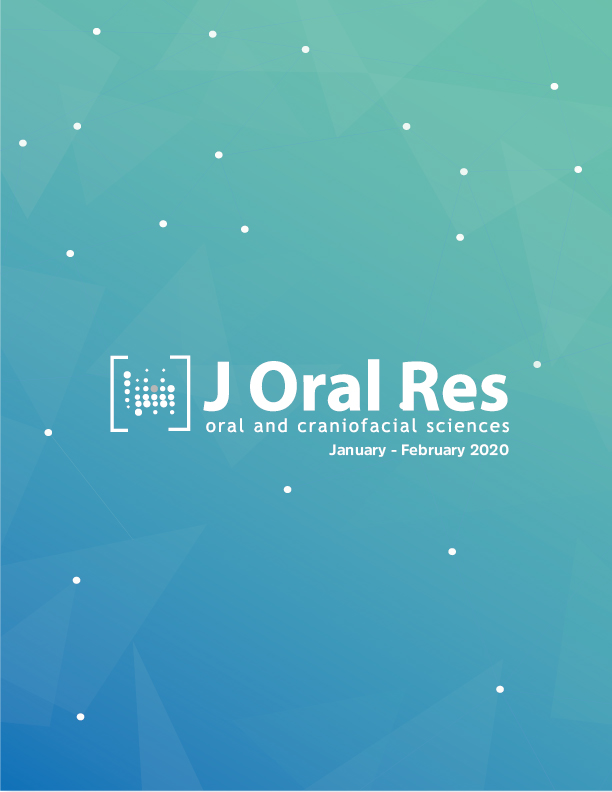Use of cone beam computed tomography, a desktop 3D printer and freeware for manufacturing craniofacial bone prostheses: a pilot study.
DOI:
https://doi.org/10.17126/%25xPalavras-chave:
Cone-Beam Computed Tomography, printing, three-dimensional, prostheses and implants, software, osteotomy, skullResumo
The aim of this study was to reconstruct missing bone parts using cone beam computed tomography (CBCT), freeware and a desktop 3D printer. Materials and Methods: A human skull was used and osteotomies were performed in the frontal process of the zygomatic bone, zygomatic process of the temporal bone and part of the parietal bone. The 3D image was then obtained CBCT and the DICOM file was transformed into STL and exported using InVesalius software. Missing bone parts were modeled by overlapping with OrtogOnBlender software for later printing using a desktop 3D printer. Result: The obtained prostheses had very good adaptation to the missing bone parts. Conclusion: It is feasible to make bone prostheses by 3D printing using low-cost desktop printers, as well as the use of free open-source software programs through CBCT.
Downloads
Publicado
Como Citar
Edição
Seção
Copyright (c) 2020 Universidad de Concepción

Este trabalho está licensiado sob uma licença Creative Commons Attribution 4.0 International License.
Este es una Revista de acceso abierto distribuido bajo los términos de Creative Commons Attribution License (CC BY 4.0). Se permite el uso, distribución o reproducción en otros foros, siempre que se acredite al autor o autores originales y a los propietarios de los derechos de autor y se cite la publicación original en esta revista, de acuerdo con la práctica académica aceptada. No se permite ningún uso, distribución o reproducción que no cumpla con estos términos. © 2023.










